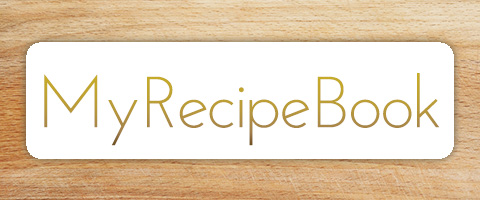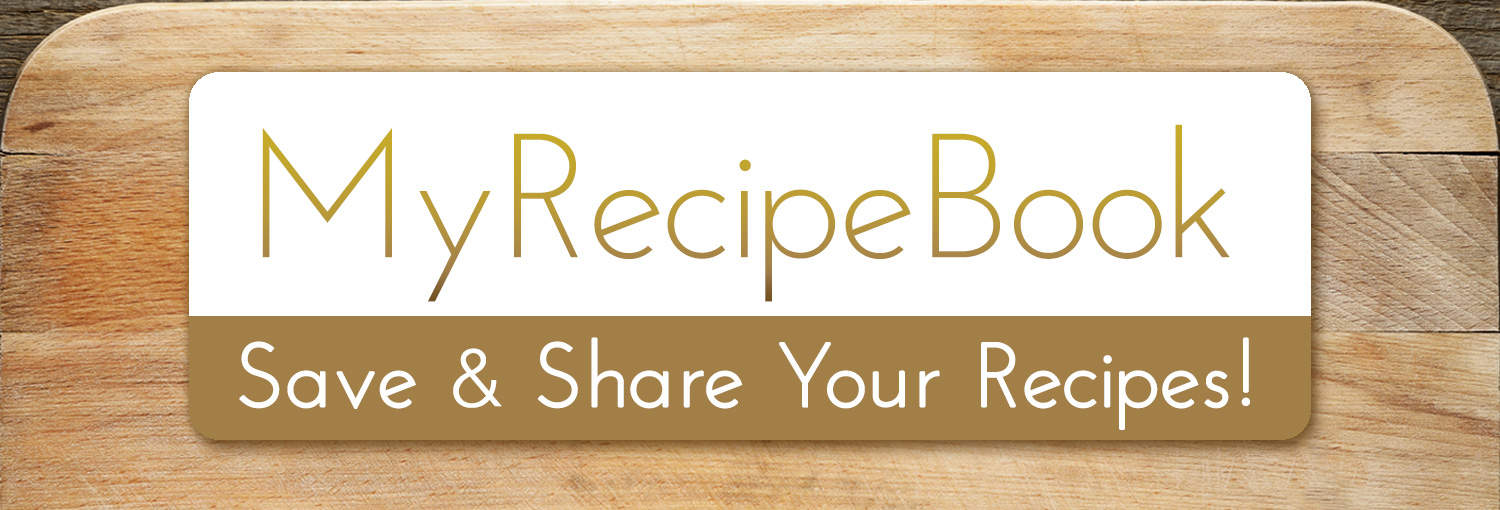Pie Crust
from Trublmkr's Recipes
Tags:
Dessert
Notes
If your recipe calls for a pre-baked crust, as many custard pie recipes do, follow all the steps above until you get to the point where it says to put in the filling. Note that you will need to make only a half recipe if you are only doing a bottom crust. Freeze the crust it for at least a half hour, until chilled. This is an important step in pre-baking. Otherwise the crust will slip down the sides.
Preheat your oven to 350°F. When the pie crust is sufficiently chilled, line the pie crust with parchment paper, wax paper, or aluminum foil. Fill at least two-thirds full with pie weights - dry beans, rice, or stainless-steel pie weights. Bake with weights for 20 minutes. Remove from oven, cool a few minutes and carefully remove pie weights. Poke small holes in the bottom of the pie crust with a fork and return to oven (without the weights) and cook for an additional 10 minutes, until the crust is golden. Cool completely before filling. You may need to tent the edges of the pie with aluminum foil when you bake your pie, to keep the edges from getting too dried out and burnt.
Ingredients
2 1/2 cups all-purpose flour, plus extra for rolling
1 cup (2 sticks or 8 ounces) unsalted butter, very-cold, cut into 1/2 inch cubes
1 tsp salt
1 tsp sugar
6 to 8 Tbsp ice water
Instructions
1 Combine flour, salt, and sugar in a food processor; pulse to mix. Add butter and pulse 6 to 8 times, until mixture resembles coarse meal, with pea size pieces of butter. Add ice water 1 Tbsp at a time, pulsing until mixture just begins to clump together. If you pinch some of the crumbly dough and it holds together, it's ready. If the dough doesn't hold together, add a little more water and pulse again. Note that too much water will make the crust tough.
2 Remove dough from machine and place in a mound on a clean surface. If you want an extra flaky crust, shmoosh the dough mixture into the table top with the heel of the palm of your hand a few times. This will help flatten the butter into layers between the flour which will help the resulting crust be flaky. You can easily skip this step if you want. Gently shape the dough mixture into two disks. Work the dough just enough to form the disks, do not over-knead. You should be able to see little bits of butter in the dough. These small chunks of butter are what will allow the resulting crust to be flaky. Sprinkle a little flour around the disks. Wrap each disk in plastic wrap and refrigerate at least 1 hour, and up to 2 days.
3 Remove one crust disk from the refrigerator. Let sit at room temperature for 5-10 minutes in order to soften just enough to make rolling out a bit easier. Roll out with a rolling pin on a lightly floured surface to a 12-inch circle; about 1/8 of an inch thick. As you roll out the dough, check if the dough is sticking to the surface below. If necessary, add a few sprinkles of flour under the dough to keep the dough from sticking. Carefully place onto a 9-inch pie plate. Gently press the pie dough down so that it lines the bottom and sides of the pie plate. Use a pair of kitchen scissors to trim the dough to within 1/2 inch of the edge of the pie dish.
4 Add filling to the pie.
5 Roll out second disk of dough, as before. Gently place onto the top of the filling in the pie. Pinch top and bottom of dough rounds firmly together. Trim excess dough with kitchen shears, leaving a 3/4 inch overhang. Fold the edge of the top piece of dough over and under the edge of the bottom piece of dough, pressing together. Flute edges using thumb and forefinger or press with a fork. Score the top of the pie with four 2-inch long cuts, so that steam from the cooking pie can escape.




